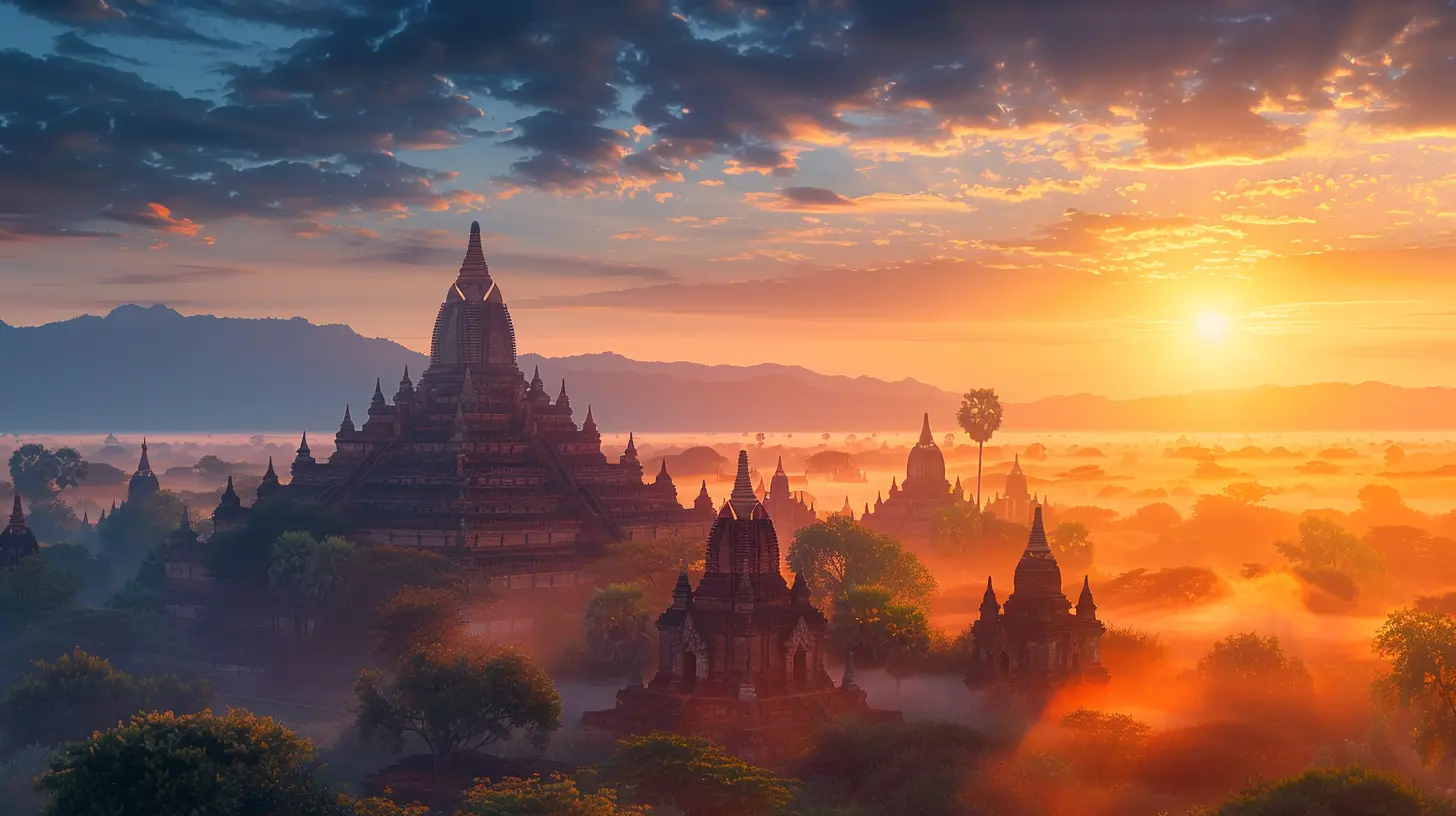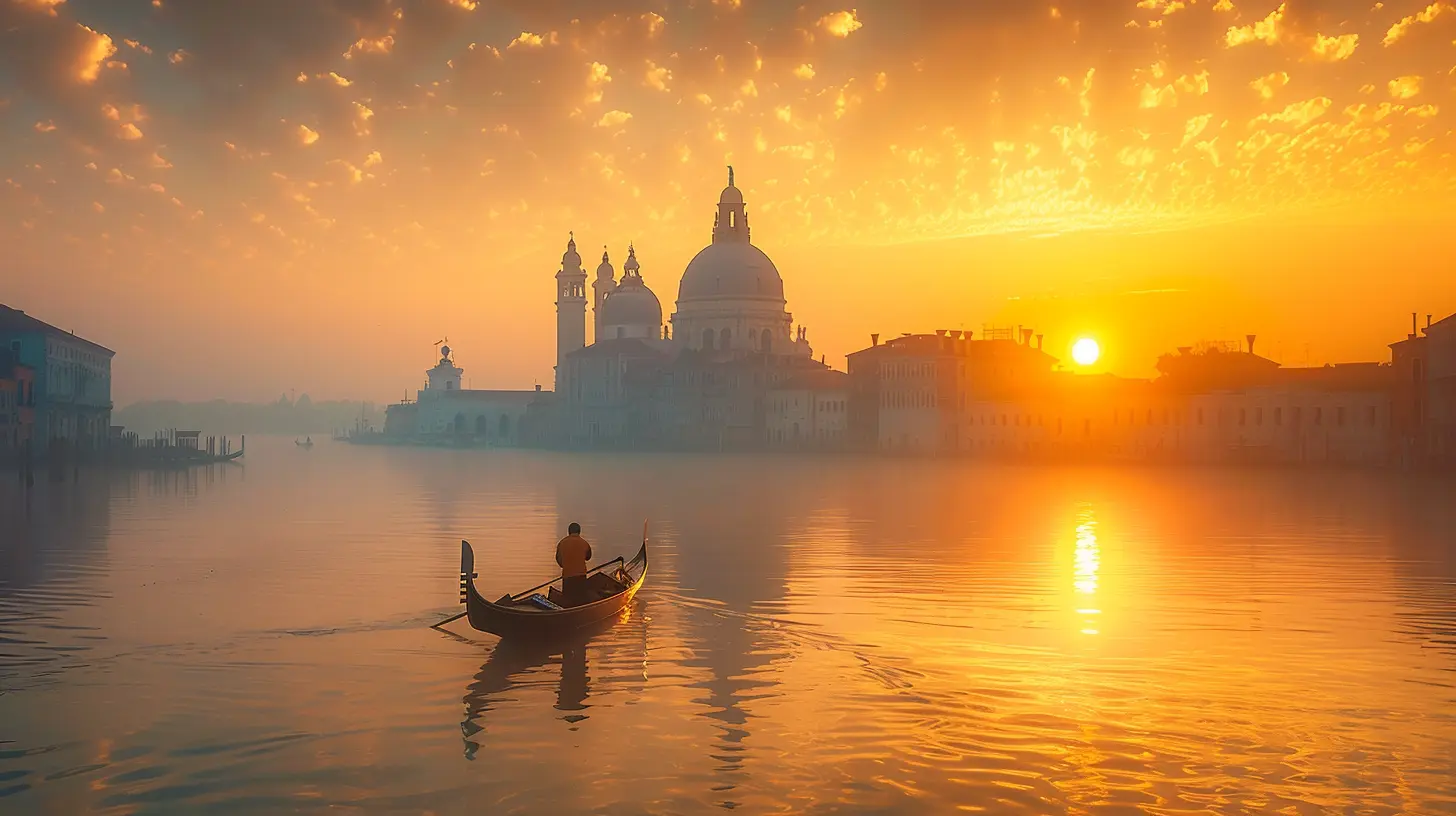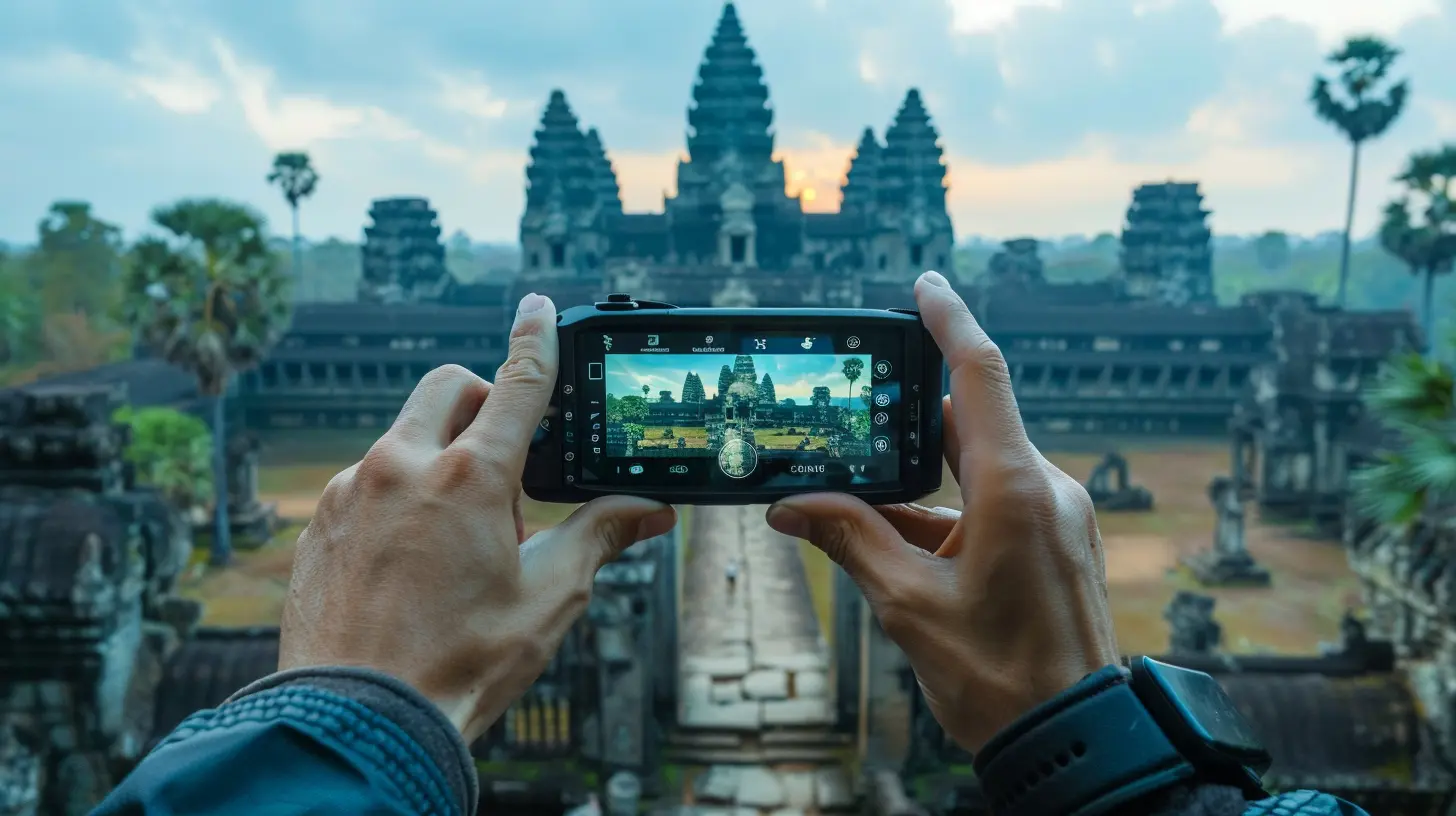21 April 2025
Travel photography is more than just snapping pictures—it's about telling a story, capturing emotions, and keeping memories alive. Whether you're strolling through ancient towns, basking in breathtaking landscapes, or mingling with locals in a bustling market, the right shot can transport you back to that very moment.
If you're new to travel photography, don't worry! This guide will help you refine your skills and capture the magic of your adventures. 
📸 Why Travel Photography Matters
Ever looked at a photo and immediately been transported back to the smells, sounds, and feelings of that moment? That’s the power of travel photography. Your camera (or even your phone) isn't just a gadget—it's a time machine, a storyteller, and a memory preserver rolled into one.But to turn your travel photos from simple snapshots to stunning captures, you need more than just a good camera. Here’s how to do it right. 
🏞️ 1. Master Your Camera Settings
Before you head out, take time to understand your camera. Whether you use a DSLR, mirrorless, or even a smartphone, knowing how to adjust basic settings can make a huge difference.Key Camera Settings to Know:
- Aperture (f-stop) – Controls how much light enters your lens. A lower f-number (e.g., f/1.8) blurs the background for dreamy portraits, while a higher f-number (e.g., f/11) keeps everything sharp for landscapes.- Shutter Speed – Determines how long your sensor is exposed to light. A fast shutter speed (1/1000s) freezes motion (like waterfalls), while a slower one (1/30s) captures movement (ideal for light trails).
- ISO – Affects brightness. A lower ISO (100-200) is great for bright conditions, while a higher ISO (800-3200) helps in low light but can introduce grain (noise).
👉 Pro Tip: If you're just starting, shoot in Auto mode but slowly transition to Manual for better control. 
⏳ 2. Timing Is Everything
Great photos aren't just about where you are—they're about when you capture the shot.The Golden Hour & Blue Hour
- Golden Hour – The hour after sunrise and before sunset when the light is soft, warm, and magical. Perfect for landscapes, portraits, and cityscapes.- Blue Hour – The period just before sunrise or after sunset when the sky turns deep blue. Ideal for dramatic cityscapes and silhouettes.
Avoid shooting at midday unless absolutely necessary—harsh sunlight leads to strong shadows and overexposed backgrounds. 
🏛️ 3. Frame Your Shots Like a Pro
A well-composed photo is like a beautifully arranged plate of food—it just feels right.Basic Composition Techniques:
- Rule of Thirds – Imagine your frame divided into a 3x3 grid. Place subjects along these lines or at the intersections for a balanced composition.- Leading Lines – Use roads, rivers, fences, or bridges to guide the viewer’s eye into the frame.
- Framing – Position natural elements (arches, windows, trees) around your subject to add depth.
- Negative Space – Sometimes, leaving empty space around your subject makes the image feel more powerful.
👉 Pro Tip: When in doubt, take multiple shots at different angles—you’ll be surprised at what works best!
🎨 4. Focus on Colors & Textures
Travel photography is all about capturing the essence of a place, and nothing does that better than vibrant colors and rich textures.- Look for striking contrasts, like a red umbrella in a sea of gray buildings.
- Capture texture—whether it’s the wrinkles on an old villager’s hands or the intricate patterns on a temple wall.
- Use reflections from puddles, lakes, or mirrors for creative compositions.
A pop of color can turn a decent photo into an unforgettable one!
🏙️ 5. Capture the Local Culture
Sure, landscapes and monuments are great, but nothing tells a better story than people.- Candid shots of locals going about their daily routine can bring your travel album to life.
- Politely ask for permission before photographing strangers, especially in close-up.
- Try environmental portraits—capturing a street vendor in front of their stall or a fisherman by the sea makes for a meaningful composition.
Want more authenticity? Engage with locals! A simple smile or conversation often leads to the best photos.
✈️ 6. Travel Light but Smart
The last thing you want is to lug around heavy gear while exploring a new city. Choose your equipment wisely.Travel Photography Must-Haves:
✔️ Lightweight camera (or smartphone with a great camera)✔️ Extra batteries & memory cards
✔️ A versatile zoom lens (like an 18-55mm)—great for both landscapes and portraits
✔️ Portable tripod for low-light shots and long exposures
✔️ Cleaning kit to keep your lens spotless
If you’re using a smartphone, invest in clip-on lenses for added creativity!
🌍 7. Pay Attention to Small Details
Large landscapes are breathtaking, but don’t forget the little things that make a place unique.- A steaming cup of coffee on a Parisian café table
- The intricate patterns of a wooden door in Morocco
- A street artist’s unfinished sketch in Rome
These small details often hold the most emotion and can transport you straight back to your travels years later.
🌟 8. Editing: The Final Touch
Post-processing can take your photos from good to jaw-dropping. But remember—less is more.Best Editing Apps:
- Lightroom (mobile & desktop) – Perfect for color correction and exposure adjustments.- Snapseed – A free and powerful tool for quick edits.
- VSCO – Great for creative filters.
Stick to natural edits. Over-saturated sunsets or extreme sharpening can make your photos look fake. Aim to enhance, not distort!
📌 9. Always Tell a Story
Think of each trip as a visual diary. Instead of taking random shots, try capturing a sequence:1. The anticipation before a journey (packing, airport, train station shots)
2. The main sights and experiences (landscapes, meals, interactions)
3. The farewell moments (sunset, last walk through the city, packing up)
Telling a story with your images makes your travel photos more engaging and brings your audience along on the journey.
🎯 Final Thoughts
Travel photography isn't about having the best camera or the fanciest gear—it's about capturing the essence of a place and the emotions it evokes. With practice, patience, and a keen eye, you’ll soon be documenting your adventures in a way that brings them to life for years to come.So grab your camera, step out the door, and start capturing the magic! Happy shooting!


